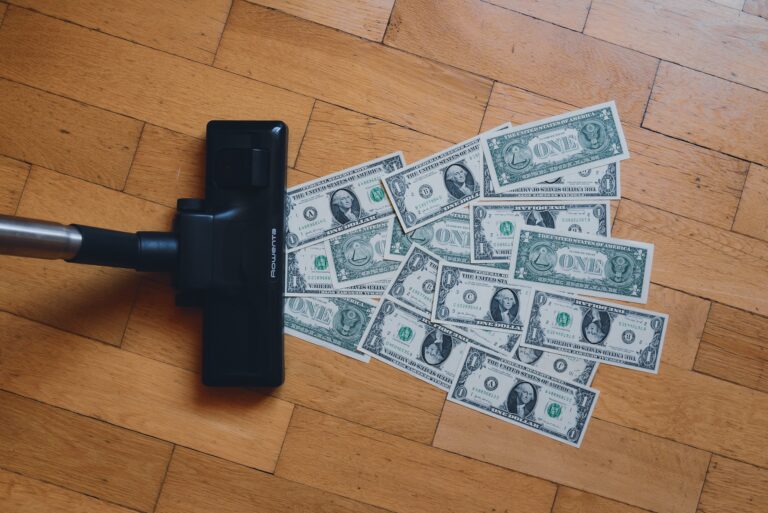3 Simple Tips For Building An Emergency Fund To Help You Survive A Rainy Day

Are you someone who has money at the end of the month, or a month at the end of money? If you are in either group, a rainy day fund is still important?
For some the rainy day has already come and you are in the mist of it today. For others, this is something you may have been thinking about. And then there are those who have already started or have already setup their rainy day fund. Let’s dive into some possibilities.
A rainy day fund is a crucial part of your financial security. It gives you a safety net to fall back on in case of unexpected expenses or a loss of income. It is important to have a rainy day fund to help you cover unexpected costs such as medical bills, car repairs, or job loss.
Although it may seem difficult, building a Rainy Day Fund does not have to be a challenge.
Here are the 3 simple steps to get you started, setting up your budget; establishing your savings goal, and increase your income and/or decrease your spending.
Setting Up Your Budget
A budget is a tool that can help you keep track of your spending and saving monies. Once you know where your money is going, you can adjust your spending accordingly to guarantee that you are saving enough for your emergency fund. A simple budget can be started in a spreadsheet, and you may keep it there or you may decide on one of the online budget programs. The online software can be most useful to download your banking information so you will be able to see where you are spending your money today and track it over time.
To make a budget, start by calculating your income. This can be your salary, investments, and any other sources of income. Then, list your expenses. This can include your rent or mortgage, food, transportation, and any other bills.
Establishing Your Savings Goal
It’s important to have a savings goal in mind when you’re trying to save for your rainy day fund. A savings goal will help you stay on track and make sure you’re setting aside enough money each month to cover unexpected expenses.
When setting a savings goal, make sure it’s realistic and achievable. You don’t want to set a goal that’s too high and will be difficult to reach, or too low and won’t be enough to cover you in an emergency. A good rule of thumb is to aim to save 3-6 months of living expenses. Depending on your current income to expenses, maybe your first goal should be 1 month of living expenses. Then move up from there and adjust your goal out from there.
Once you have a goal in mind, start setting aside money to reach it. You may need to make some adjustments to your budget to free up extra cash for savings, but it will be worth it in the end. Stay focused on your goal, and you will be able to achieve what you set out to accomplish
Increase Your Income and/or Decrease Your Spending
Once you have your income and expenses calculated, you can start to look for ways to save money. Try to find ways to reduce your expenses or increase your income. You know that it is all about simple math; you are looking to have money at the end of the month, not the other way around with some month at the end of money.
You may be surprised to find that you are spending a lot of money on non-essential items. Once you start tracking your spending, you will be able to see where your money is going and make changes accordingly.
Cutting back on your spending can be difficult, but it is important to remember that every little bit counts. If you can save even a few dollars each week, it can add up to big savings over time. It is in your best interest to start tracking your spending today and see where you can cut back. This can be a challenge, but with your determination you will be able to accomplish this task. It may require some time and effort, but it will be worth it eventually.
Without a plan in place, your destination is unknown.
In the story of Alice in Wonderland – the short exchange between Alice and The Cheshire Cat to me best describes that without a plan your destination is unknown, and unexpected things can happen.
“Alice: Would you tell me, please, which way I ought to go from here?
The Cheshire Cat: That depends a good deal on where you want to get to.
Alice: I don’t much care where.
The Cheshire Cat: Then it doesn’t much matter which way you go.
Alice: …So long as I get somewhere.
The Cheshire Cat: Oh, you’re sure to do that, if only you walk long enough.”
If you complete your plan of Setting Up Your Budget, Establishing Your Savings Goal, and Increase Your Income and/or Decrease Your Spending, you will be successful in establishing and managing your Rainy Day Fund.



